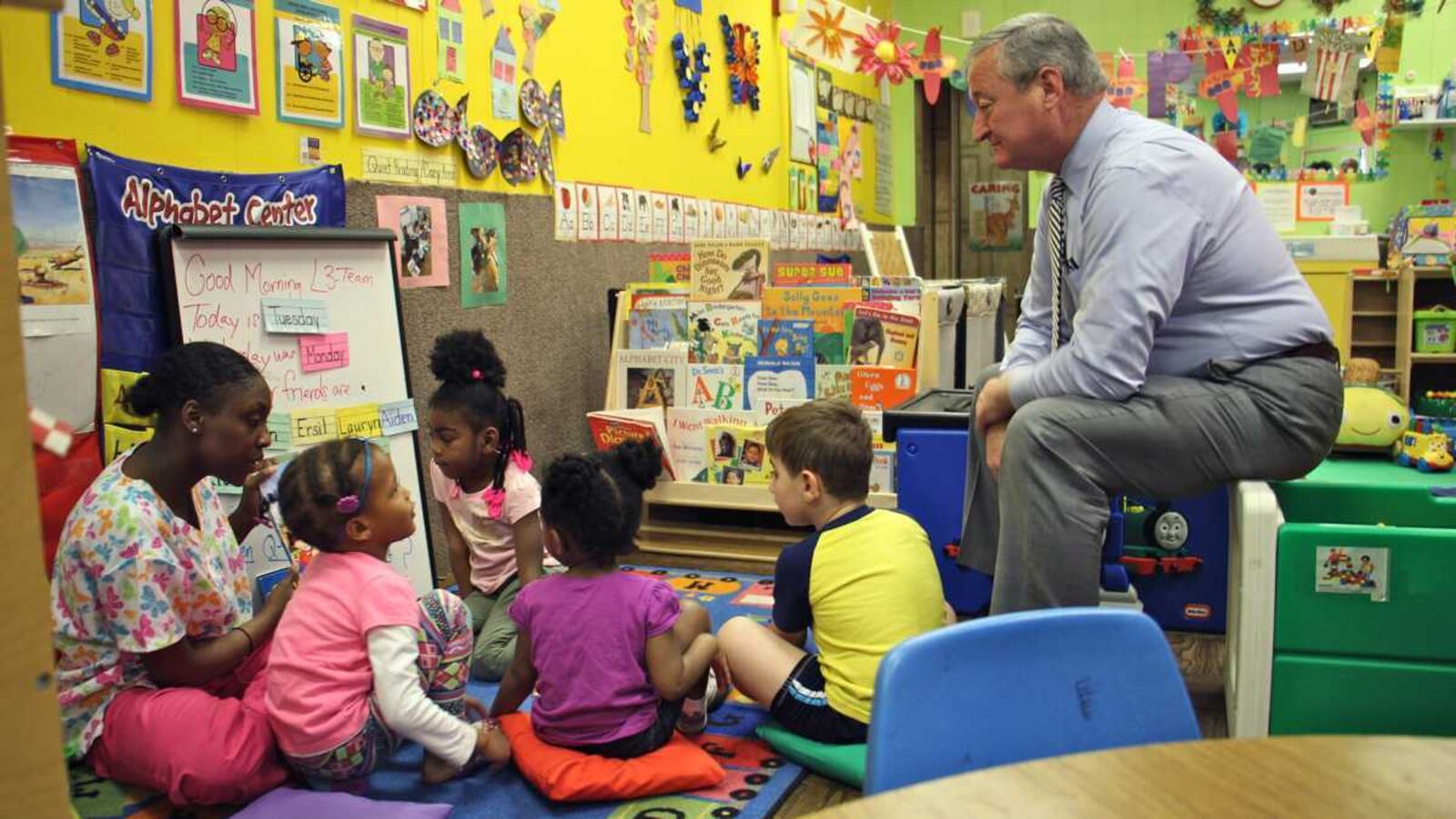This article was originally published in The Notebook. In August 2020, The Notebook became Chalkbeat Philadelphia.
The race for Philadelphia’s new flood of pre-K money is on. The city announced earlier this week that 85 private child-care providers have applied for a shot at the roughly $23 million Philadelphia will dole out during phase one of its pre-K expansion. By January, the city plans to have 2,000 new high-quality pre-K seats. At full implementation — five years from now — that number is expected to be 6,500.
It’s not known yet how many of these 85 applicants the city will select in this first round. Officials will say only that the city expects to have “dozens” of partners.
The 85 applicants, representing 168 sites, seek funding for more than 4,000 seats. The city, of course, can only support 2,000 new slots right now. A typical applicant, officials say, is asking for an expansion of just 30 slots.
That’s largely reflective of the approach that Philadelphia has taken in its expansion efforts. Rather than work solely through the School District of Philadelphia — the city’s largest early childhood education provider — the city is using a mixed-delivery method that blends private and public centers. That means the School District — which submitted applications for 15 of its pre-K sites — is competing against private pre-K chains such as Brightside Academy, as well as mom-and-pop operations. The fact that a typical applicant has asked for only 30 additional seats suggests that some of those smaller providers have thrown their hats in the ring.
Also notable is that providers from all across the quality spectrum applied.
Counting the 15 public school sites, 44 percent of applicants have a score from the state’s early childhood rating system that qualify them as “high quality.” The remaining 56 percent fall below that threshold. The city considers centers with a STAR 3 or STAR 4 rating to be high quality.


